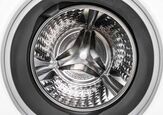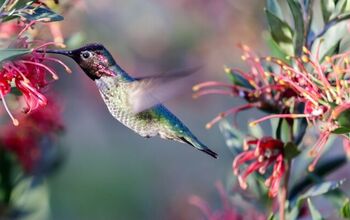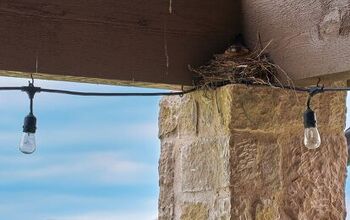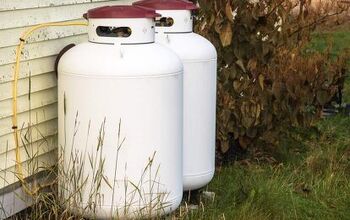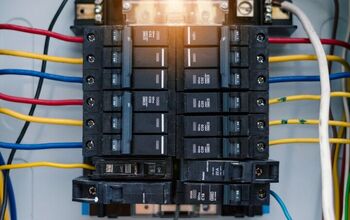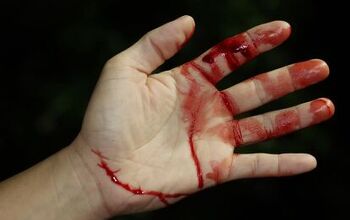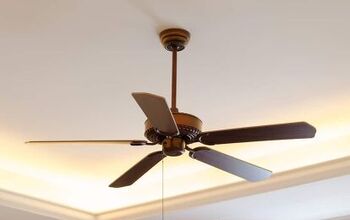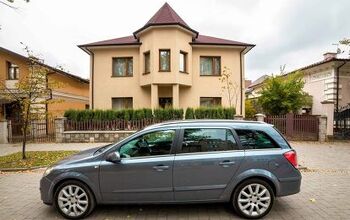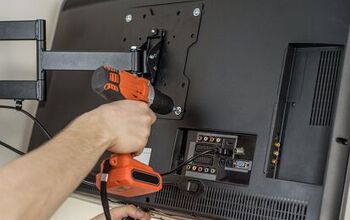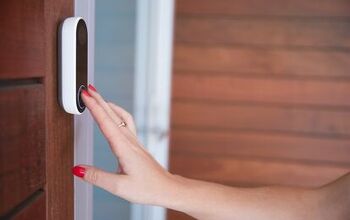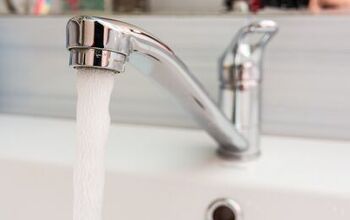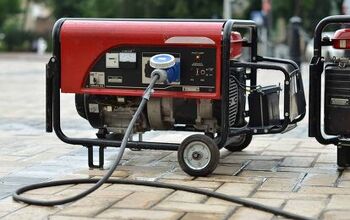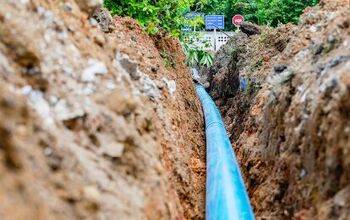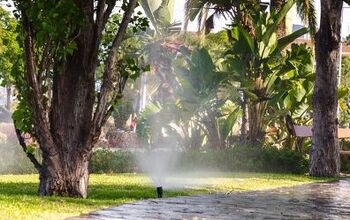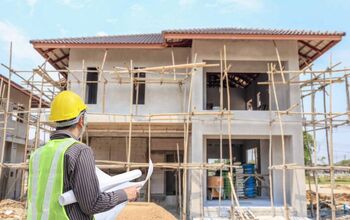How To Attract Birds To Your Yard

Some homeowners think of birds as nuisances they’d rather avoid. However, others see the value in having a yard full of animals and natural wildlife. If you fall into the latter category, you may wonder how to attract birds to your yard.
You can attract birds to your yard with bright, colorful plants and bird feeders full of sunflower seeds and nuts. Place your bird feeders in a low-traffic area near plants, but not so close to the tree line that the birds feel vulnerable to predators. Set up a water station, perch, and at least one birdhouse to encourage nesting.
Keep up with maintenance and clean your birdbath regularly. Otherwise, it won’t take long for the bath to become filthy, and the birds may avoid it altogether. Follow along as we explore how to attract birds to your yard.
How Do I Attract Birds To My Backyard?
1. Research Local Birds
Attracting birds is much easier if you have a basic understanding of which birds live in your area. This can tell you a lot about their nesting habits and diet. From there, you can figure out what kind of plants and food you can use to attract birds.
It’s also a great idea to look into migration patterns. Look into what time of year birds will fly in or out of your area and plan your DIY bird sanctuary accordingly. Bird migration takes a lot of energy, and they must eventually stop to eat.
Migration also comes in stages, so they may stop in your area for a while. Take your time during the research phase and think about what type of birds you want to attract. From there, you can plan your garden, feeding stations, and yard décor.
2. Plan Your Garden Wisely
Turning your yard into a haven for birds starts in the garden. The plants you choose and nourish largely affect the type of animals drawn to your yard. That’s especially true if you choose native plants that thrive in your local climate.
Naturally, this varies based on where you live and even the time of year. However, if coneflowers, elderberry, sunflowers, and Mapleleaf viburnum thrive in your climate zone, you're in luck. Choosing these plants can not only benefit your local birds but also the ecosystem as a whole.
Birds typically like plants that produce bright flowers, seeds, and fruit. You may attract other pollinators as well, such as bees and butterflies.
3. Pick A Hospitable Spot In Your Yard
Birds won’t simply stop to eat and drink water in any spot in your yard. They have some natural predators, so they are guarded about where they stop and eat. For example, they won’t likely spend much time in your yard if it’s an open space without much water.
Ideally, you should set up your bird station in a spot with lots of greenery and cover. The greenery will attract the birds, and the natural cover will make them feel safe. Fill your yard with flowers, bushes, and enough trees to create a comfortable sanctuary.
Focus on native plants, as they will attract birds more than non-native, invasive plants. Keep in mind that you may not attract many birds during the early stages of plant growth. Be patient, as they will eventually show up when your plants are lush.
4. Buy Food
Food is the main reason why birds stop in yards. That’s why you can’t simply set random food out and expect birds to arrive, even if you attract other animals. Birds love sunflower seeds, black-eyed Susan, and coneflower plants.
You must also consider that many birds hunt and eat insects for sustenance. In that case, you can attract birds with mealworms, caterpillars, beetles, and grasshoppers.
Keep in mind that this may promote competition in your yard as other animals and bugs have a similar diet. However, that shouldn’t be a problem if you carefully plan your feeding stations.
5. Set Up Feeding Stations
The feeding station you set up is just as important as the food you fill it with. Location is just as important for bird feeders as it is for houses on the market. For example, you won’t attract many birds if your feeder is out in the open without much nearby greenery.
Ideally, you should pick a spot near trees, bushes, and colorful plants. You will attract many birds this way, as the lush greenery will catch their eyes. However, you shouldn’t place the bird feeder too close to the tree line or bushes, as that may deter them.
That’s because predators often hide amongst the trees and bushes, so you must pick a spot near greenery with enough space for them to check their surroundings. Fill the bird feeder with suet, peanuts, sunflower seeds, millet, or a mixture of them.
6. Provide Water
Birds need water to stay hydrated just as much as they need food to get energy. They also bathe in water and clean themselves. That’s why it’s a good idea to invest in a large birdbath that they can easily see from far away.
Place the water fountain or bird bath far enough away from the tree line to protect the birds from predators. Ideally, you must check the birdbath or fountain throughout the week to ensure it’s clean. Remove debris, such as fallen leaves and even bugs, or else the birds may not revisit your yard.
Scrub your bird bath at least 1 to 2 times per week to keep it clean and remove algae. Make sure to use a clean fresh water source each time you refill the birdbath. Invest in a dripper or waterfall to attract more birds if you have extra money to spend.
7. Provide Shelter
Birdhouses look great and can add character to your yard. More importantly, they can also help make birds feel secure when they visit your yard. They are typically set up like miniature three-wall homes where birds can easily enter and exit.
Today, you can find a wide variety of birdhouses that come with several tiers. Simple birdhouses are just as effective, but they may only house a single bird. You can also save money if you build a DIY birdhouse.
However, you must be careful about where you place your birdhouses. For example, the birds may be vulnerable to snakes and other predators if you set the birdhouse up amongst trees. Never put a birdhouse in a high-traffic area, or else you may scare birds away.
8. Help Them Perch
Birds love to perch, and it’s a necessary part of their lives. Perching lets them rest, find fellow birds, play, exercise, and regain balance. They sometimes even perch and look for mates during mating season, which varies based on climate.
Luckily, you can set up an attractive bird perch without spending much money. For example, you can buy or build a simple pole for birds to perch on. Otherwise, you can prune a branch on a tree near your feeder and birdbath for birds to perch on.
Store-bought perches are also effective, and you can find them in many pet stores. Keep the area around your perch relatively clear, but not so much that they feel overexposed.
9. Keep Your Perennials Intact
Many people understandably prune their perennials before the winter arrives. However, you may want to think twice about that if you want to keep birds around your yard during the winter. That’s because pruning perennials may make birds leave your yard early.
Leave your perennials alone to provide birds with a comfortable shelter during winter. Sure, they may eventually migrate, but they might wait longer if they have a nice shelter in your yard. Pile fallen leaves, branches, and sticks to encourage your birds to build nests.
They can even use the piles as ground-level shelters during fall and winter. The more options they have, the more likely they are to stay in your yard when temperatures drop.
10. Use Natural Pest And Weed Control Options
Pesticides and herbicides, such as weed killers, are dangerous to birds and plants alike. You must avoid using harsh chemicals if you want to attract birds to your yard. Otherwise, you may deter and even harm them, and they won’t stick around for long.
Instead, simply pull weeds by hand and use plants to repel bugs. This can help you protect the environment and your local bird population.
Summing It Up
The best way to attract birds to your yard is to plant colorful plants and set up several bird feeders. Place your bird feeders and birdhouses in spots near greenery, but not too close to the tree line. Set up a bird bath and several perches to encourage birds to eat, play, and nest in your yard.
Related Guides:

Nick Durante is a professional writer with a primary focus on home improvement. When he is not writing about home improvement or taking on projects around the house, he likes to read and create art. He is always looking towards the newest trends in home improvement.
More by Nick Durante

